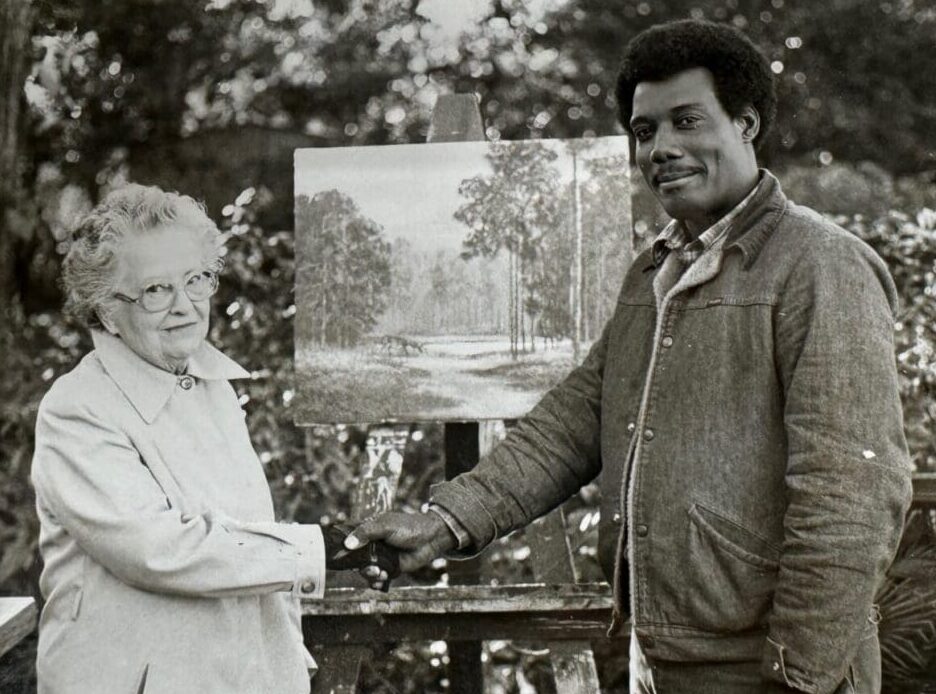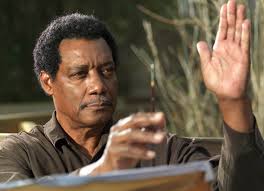
Tap On Text To Read
Robert Butler (1943-2014)
Robert Butler was a prominent figure among the Florida Highwaymen, a group of African-American artists who emerged in the 1950s and became known for their vibrant landscapes depicting the natural beauty of Florida. Butler honed his artistic skills from a young age, often drawing inspiration from his surroundings. He was largely self-taught, learning techniques through observation and practice, which allowed him to develop a unique style characterized by bold colors and sweeping vistas. His work often featured the lush landscapes of Florida, including sunsets, palm trees, and serene waterways, capturing the essence of the state's natural environment.
As a member of the Highwaymen, Butler, along with his contemporaries, sought to promote their art by selling directly to the public, often setting up their easels along the roadside. This unconventional approach not only provided them with a means of livelihood but also helped them break barriers in the predominantly white art market of the time. Butler's paintings gained recognition for their emotional depth and vivid portrayal of Florida's scenery, resonating with both local collectors and art enthusiasts. Over the years, his work has been featured in numerous exhibitions, contributing to the growing appreciation for the Highwaymen movement.
In addition to his artistic contributions, Butler's legacy is significant in the context of African-American history and the representation of Black artists in the United States. His commitment to his craft and his role in the Highwaymen have helped to reshape the narrative around American art, illustrating the importance of diverse voices and experiences. Today, Robert Butler's paintings are celebrated not only for their beauty but also for their cultural significance, symbolizing both a personal journey and a broader movement toward the recognition of underrepresented artists.
